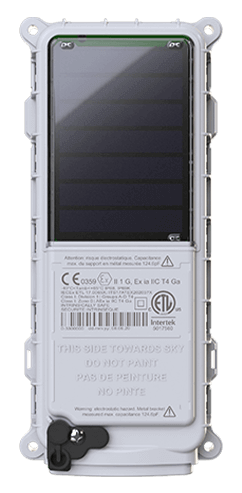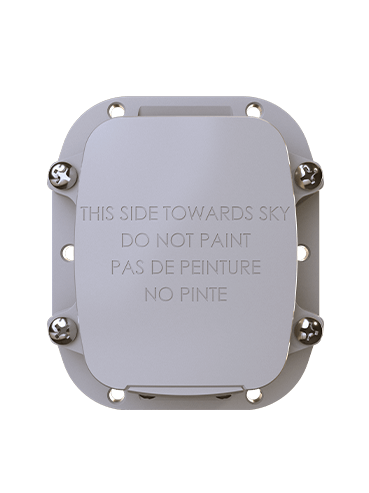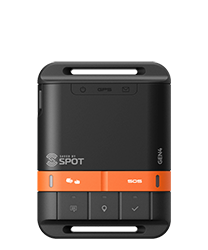Satellite technology gives lone workers space-age protection
Better worker protection is being legislated worldwide. Having best-possible safety technology to safeguard staff is increasingly necessary for compliance, but fortunately, it’s also proven an inherently valuable investment. Organisations are taking their duty of care much more seriously.
They also recognise that investing in safety helps attract and retain skilled staff, improves operational efficiencies and overall can lead to better businesses, products and services.
It’s important that staff get the communications and safety tools that they need in relation to their working environment and the activities they perform. Workers sometimes do their jobs in remote, isolated, and/or difficult-to-access locations where conventional communications networks aren’t reliable. Furthermore, if the environment is inherently dangerous, such as in forestry, resource management and construction, and for first responders, these factors have a huge bearing on the lone worker communication and safety solution required. Only satellite communications can deliver truly ubiquitous and uninterrupted reach.
In 2021 Scotland’s Perth & Kinross Council started deploying Globalstar’s compact rugged SPOT Gen4 satellite devices, part of a monitoring solution from specialist provider Trackplot, which safeguards workers operating in rural, isolated locations.
Perth & Kinross Council’s Structures & Flooding Team inspect the region’s bridges for structural soundness and security, while monitoring flooding. Remote and mountainous Perth & Kinross is the fifth largest administrative region in Scotland. Sparsely populated but busy with rural through-traffic. Extreme weather and flooding are always risks, and monitoring of infrastructure and waterways is essential. Emergency inspections are carried out at all times of day and night, often in hazardous and rugged conditions, frequently by lone workers.
In an emergency, pressing SPOT Gen4’s SOS button instantly sends an alert and the user’s GPS location over Globalstar’s satellite network, either to an organisation’s designated operations and/or security team for handling. Or, if the organisation chooses, the SPOT FocusPoint International Emergency Response Centre is alerted. The Centre then transmits positioning information to local first responders to rapidly dispatch help to the user’s precise location. SPOT devices are credited with over 8,000 rescues worldwide.
The Council had considered alternative worker safety solutions, and conducted pilot tests of GSM technology. It soon became evident that the reach of mobile was unreliable. To get the always-on, ubiquitous connectivity, only satellites deliver.
A Team member comments: “As a regulated public authority, the Council takes staff welfare and security very seriously: Thanks to Globalstar’s SPOT technology and Trackplot, we carry out our operations with peace of mind that support is always on hand in an emergency.”
The Trackplot Portal is an interactive online platform where customers can monitor workforce location, activity and safety in real-time, establish escalation procedures and generate reports. Field workers send regular ‘OK’ check-ins via SPOT to the Trackplot Portal so their managers know that all’s well. If a worker fails to check-in, the system issues a reminder; if the non-communication continues, the system alerts managers and triggers escalation procedures.
Yorkshire Wildlife Trust has also deployed SPOT Gen4s to safeguard environment researchers and land managers. Restoration officers must traverse 94,760 hectares of rugged peatland.
“We work in remote, difficult terrain in all weather, so SPOT Gen4s are our investment in teams’ safety; this is something we cannot compromise on,“ said Dr. Tim Thom, Programme Manager, Yorkshire Wildlife Trust.
Elsewhere, Globalstar partner Global Telesat Communications (GTC) has provided over 1,500 SPOT units to safeguard remote and at-risk employees for organisations including the UK’s Forestry Commission and Scottish Water.
These deployments all demonstrate how advanced, flexible, satellite-enabled solutions deliver the reliable communications and SOS support lone workers need as they carry out their important work.
 SmartOne Solar
SmartOne Solar SmartOne C
SmartOne C STX3
STX3 SPOT X
SPOT X SPOT Gen4
SPOT Gen4 SPOT Trace
SPOT Trace